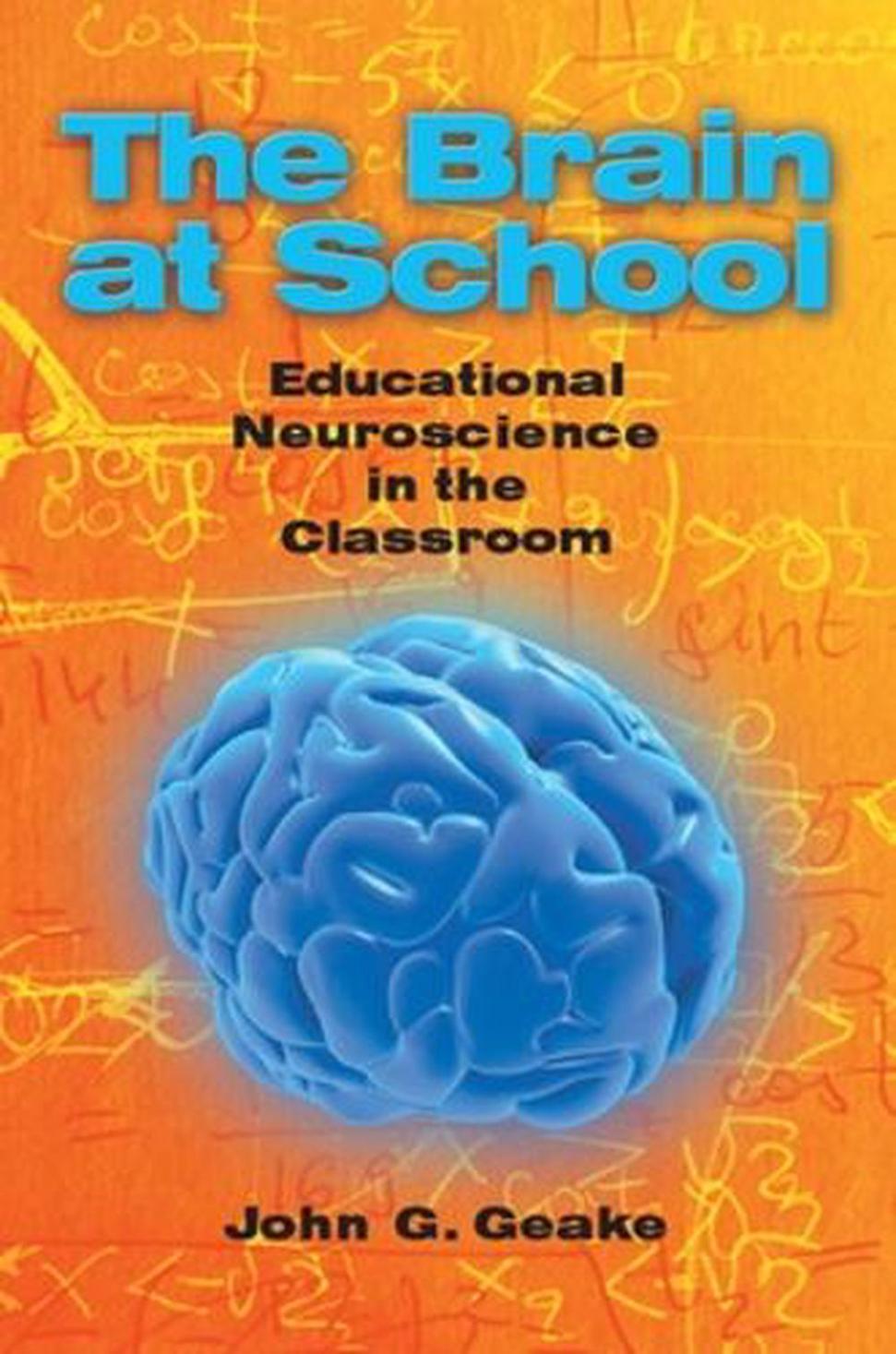How Can We Use Neuroscience to Help Students Learn More Effectively?
Education is undergoing a transformative shift as neuroscience sheds light on the intricate workings of the brain and its relationship to learning. This emerging field, known as educational neuroscience, holds immense promise for revolutionizing teaching methods and enhancing student outcomes. By delving into the brain's mechanisms, we can uncover evidence-based strategies that optimize learning and foster a deeper understanding of complex concepts.

Understanding The Brain And Learning
Brain Structures Involved In Learning
- Prefrontal Cortex: Decision-Making and Planning
- Hippocampus: Memory Formation and Consolidation
- Amygdala: Emotional Regulation and Motivation
Neuroplasticity And The Brain's Ability To Change
- Definition and Mechanisms of Neuroplasticity: The brain's remarkable ability to adapt and modify its structure and function in response to new experiences.
- The Role of Experience in Shaping Brain Structures: Experiences, both positive and negative, can shape the brain's neural connections, influencing learning and behavior.
Neuroscience-Based Learning Strategies
Active Learning And Engagement
- The Benefits of Active Learning: Active engagement in the learning process enhances memory retention, critical thinking skills, and problem-solving abilities.
- Strategies for Promoting Active Engagement: Incorporate hands-on activities, group discussions, and interactive simulations to actively involve students in the learning process.
Spaced Repetition And Retrieval Practice
- The Science Behind Spaced Repetition: Distributing learning over time, with periodic reviews, strengthens memory retention and facilitates long-term recall.
- Techniques for Implementing Spaced Repetition: Utilize flashcards, spaced repetition software, and regular quizzes to reinforce learning and improve memory.
Multisensory Learning And Brain Integration
- The Power of Multisensory Input: Engaging multiple senses during learning enhances attention, comprehension, and memory formation.
- Practical Ways to Incorporate Multisensory Elements: Use visual aids, auditory cues, tactile experiences, and kinesthetic activities to create a multisensory learning environment.
Neuroscience And Personalized Learning
Identifying Individual Learning Styles
- The Concept of Learning Styles: The idea that individuals have preferred ways of learning and processing information.
- Methods for Assessing Learning Styles: Employ self-assessment tools, observations, and discussions to identify students' learning preferences.
Tailoring Instruction To Different Learning Styles
- The Importance of Adapting Teaching Methods: By accommodating different learning styles, teachers can optimize learning outcomes and cater to the needs of diverse learners.
- Examples of Personalized Learning Approaches: Provide multiple pathways to learning, offer flexible learning environments, and incorporate student choice in learning activities.
Neuroscience And Emotional Learning
The Role Of Emotions In Learning
- The Impact of Emotions on Attention and Memory: Positive emotions, such as joy and excitement, enhance attention and memory consolidation.
- The Link Between Positive Emotions and Learning: Creating a positive and supportive learning environment promotes emotional well-being and facilitates learning.
Creating Emotionally Supportive Learning Environments
- The Importance of a Positive Classroom Climate: A positive classroom atmosphere characterized by respect, trust, and encouragement fosters emotional well-being and promotes learning.
- Strategies for Fostering Emotional Well-being: Implement mindfulness practices, encourage self-expression, and provide opportunities for students to connect with peers and teachers.
Neuroscience And Technology In Education
The Potential Of Technology To Enhance Learning
- Interactive Simulations and Visualizations: Technology can provide immersive learning experiences, enabling students to interact with complex concepts and visualize abstract ideas.
- Adaptive Learning Platforms and Personalized Feedback: Technology-based platforms can track student progress and provide tailored feedback, adapting the learning experience to individual needs.
The Importance Of Ethical Considerations
- Ensuring Equitable Access to Technology: Technology should be accessible to all students, regardless of socioeconomic status or location, to avoid exacerbating existing inequalities.
- Addressing Potential Negative Consequences: The use of technology in education should be carefully monitored to mitigate potential negative consequences, such as digital distractions and excessive screen time.
Neuroscience is revolutionizing our understanding of how students learn, providing a wealth of evidence-based strategies to optimize teaching methods and enhance learning outcomes. By integrating neuroscience principles into educational practices, we can create learning environments that are engaging, personalized, and emotionally supportive, empowering students to achieve their full potential. As research in this field continues to expand, we can anticipate even more transformative insights that will shape the future of education.
YesNo

Leave a Reply